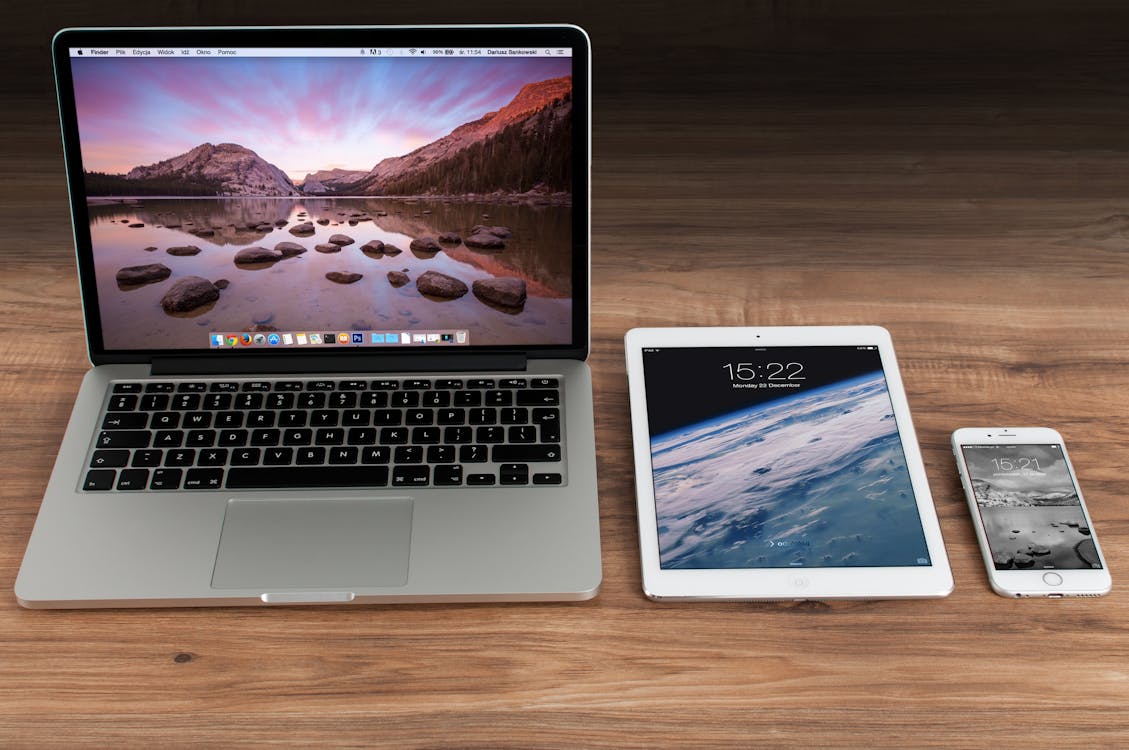What is PPI?
PPI, or Pixels Per Inch, is a measure of the resolution of a display screen. It is the number of pixels that can be displayed per inch on a screen. PPI is used to describe the sharpness or clarity of an image or video on a display screen. The higher the PPI, the sharper the image will appear.
PPI is calculated by dividing the total number
of pixels on the screen by the diagonal size of the screen. For example, a
display screen with a resolution of 1920 x 1080 and a diagonal size of 10
inches would have a PPI of 192 (1920 / 10 = 192).
A higher PPI is generally considered better, as
it provides a sharper, more detailed image. However, the optimal PPI for a
given application will depend on the size of the screen and the intended
viewing distance. For example, a screen with a higher PPI may not be necessary
for a small screen that will be viewed from a close distance.
The difference between mobile screen and
computer screen
The difference between mobile screen and
computer screen PPI is largely a matter of screen size. Mobile screens are
typically smaller than computer screens, which means that they can have a
higher PPI and still provide a sharp, clear image. In general, mobile screens
have a PPI of around 300 or higher, while computer screens have a PPI of around
100 to 200.
In conclusion, PPI is a measure of the
resolution of a display screen and is used to describe the sharpness or clarity
of an image or video. The higher the PPI, the sharper the image will appear.
The optimal PPI for a given application will depend on the size of the screen
and the intended viewing distance, with smaller screens typically having a
higher PPI.







0 Comments